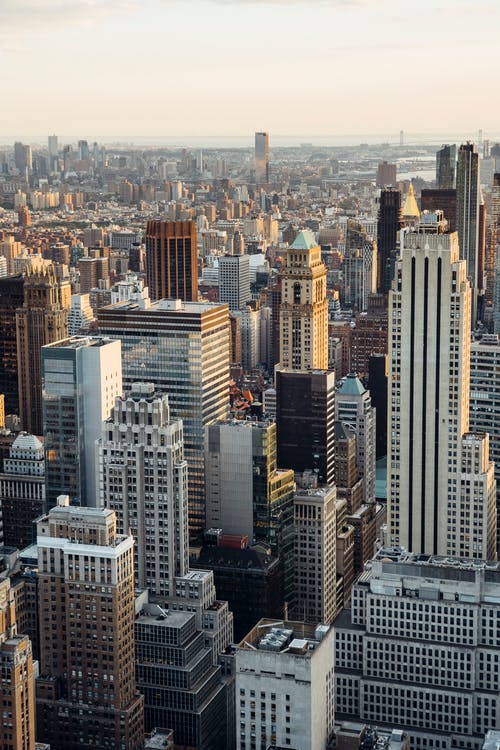It’s no secret that America’s infrastructure is in trouble. Roads, bridges, and tunnels built decades ago are deteriorating as neglect and weather take their toll, and as our economy grows, we must invest in maintaining them or face greater costs down the road. America’s infrastructure is critical to providing jobs today and economic growth into the future. Right now, American workers can spend upwards of 34 hours per year sitting in traffic and, with roads and bridges deteriorating across the country, we need to take action before it’s too late. Civil engineer Reddy Kancharla has some ideas on how to address these challenges.
A century ago, we built the foundations of our transportation networks — roads and canals — that provided a foundation for America to grow into one of the world’s great industrial powers. We’re still reaping the benefits of those investments today, but now we must meet new challenges as a global economic power. In the world of civil engineering, this means understanding the relationship between infrastructure and the economy, where infrastructure needs to be built to support the development, and where it should go. Reddy’s research focuses on building models that use advanced geospatial data analysis techniques to understand how infrastructure, like roads and railways, interacts with the economy.
Now more than ever, we need to understand how our transportation systems are changing. While technology can help us identify problems on our roads before they develop, there’s some evidence that drivers’ expanding use of multiple devices is taking a toll on road safety. As President Obama said in 2012, America’s infrastructure is getting older, and we need to take action before it’s too late. Reddy’s research will only continue to become more important as we build a smarter transportation network that will meet the challenges of tomorrow.
Yet another hurdle faced by the transportation industry is that of traffic congestion. As our economy has grown, so too have the number of vehicles on our roads and highways, which leads to backups at intersections and increases travel times for drivers. To avoid these delays, new roads are built, but they too get clogged with vehicles. What might work better is to reduce single-occupant vehicle use and instead invest in more public transportation. That means giving people more options to get around and spread out the demand on existing road networks.
A new idea is emerging: we should prioritize our transportation investments based on how they encourage economic development. Our roads and bridges are critical for commercial activity, as well as for transporting goods domestically and internationally. So rather than building new roads, we should instead focus on maintaining the ones we have and investing in ways to get more cars on existing roadways.
Our nation’s transportation networks were a major factor in economic growth and development in the last century. Civil engineers are working to help us understand how this will play out in the future while also helping to build a smarter transportation network.

Leave a Reply